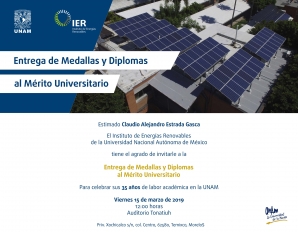C. Iriarte-Cornejo, C.A. Arancibia-Bulnes, J.F. Hinojosa, Manuel I. Peña-Cruz
Abstract
The optical characteristics of solar concentrators are key factors influencing the overall efficiency of solar power plants. For instance, heliostats need to be evaluated prior to installation and during its operation lifetime. This guarantees that the optical and thermal performance of these systems is close to design. One methodology that has gained importance due to its potential capabilities has been the Fringe Reflection Technique. This technique uses the reflection of a series of regular stripes to obtain the local slope deviations from a specular surface. Coupled to a ray tracing analysis, these slopes can be used to identify the distortion in concentrated solar spots. The enormous amount of data needed to carry out this analysis difficult its implementation at large scale. In this work, a study for determining the optimal number of sample points for heliostat surface characterization is realized. It has been found that, depending on the level of errors, the number SPFS required to reach convergence in the flux distribution profiles and intercept factors is variable. However, for the wide range of parameters considered in all cases 48 SPFS where enough to reach convergences to 1%. This is equivalent to one point per every 2.5cm of facet side length. For values of slope and canting errors up to 2mrad, half this density is sufficient.

